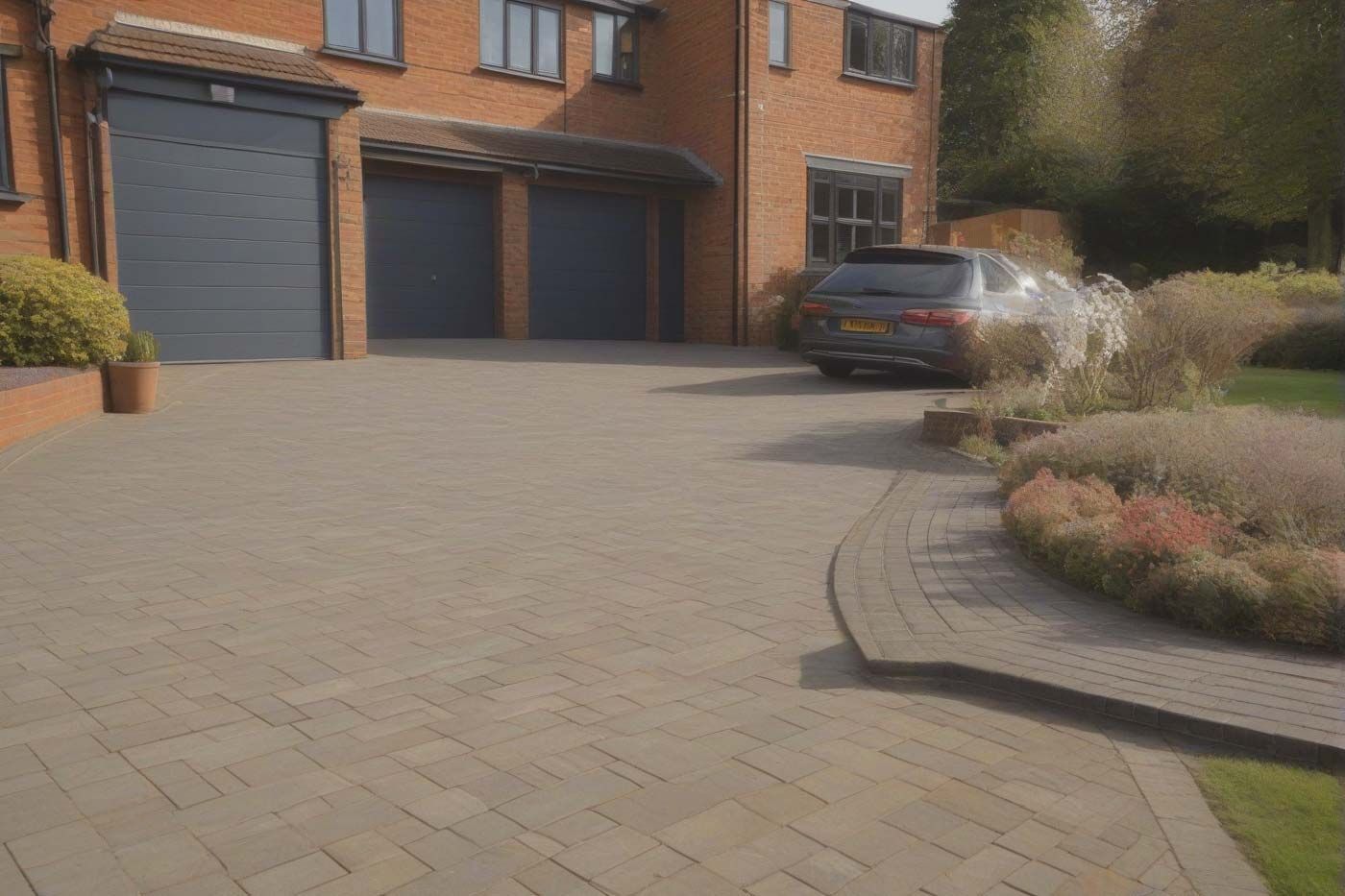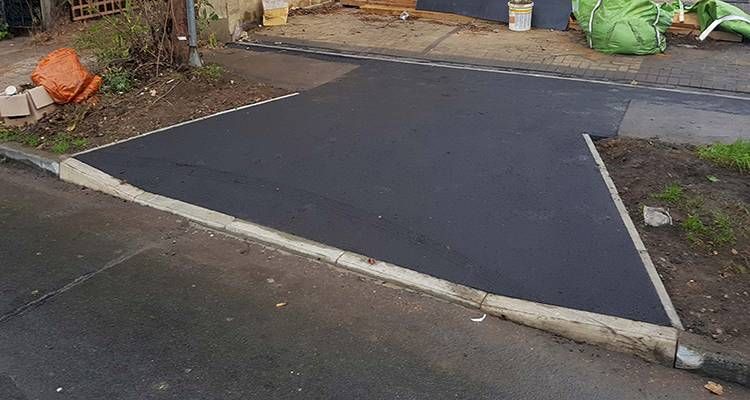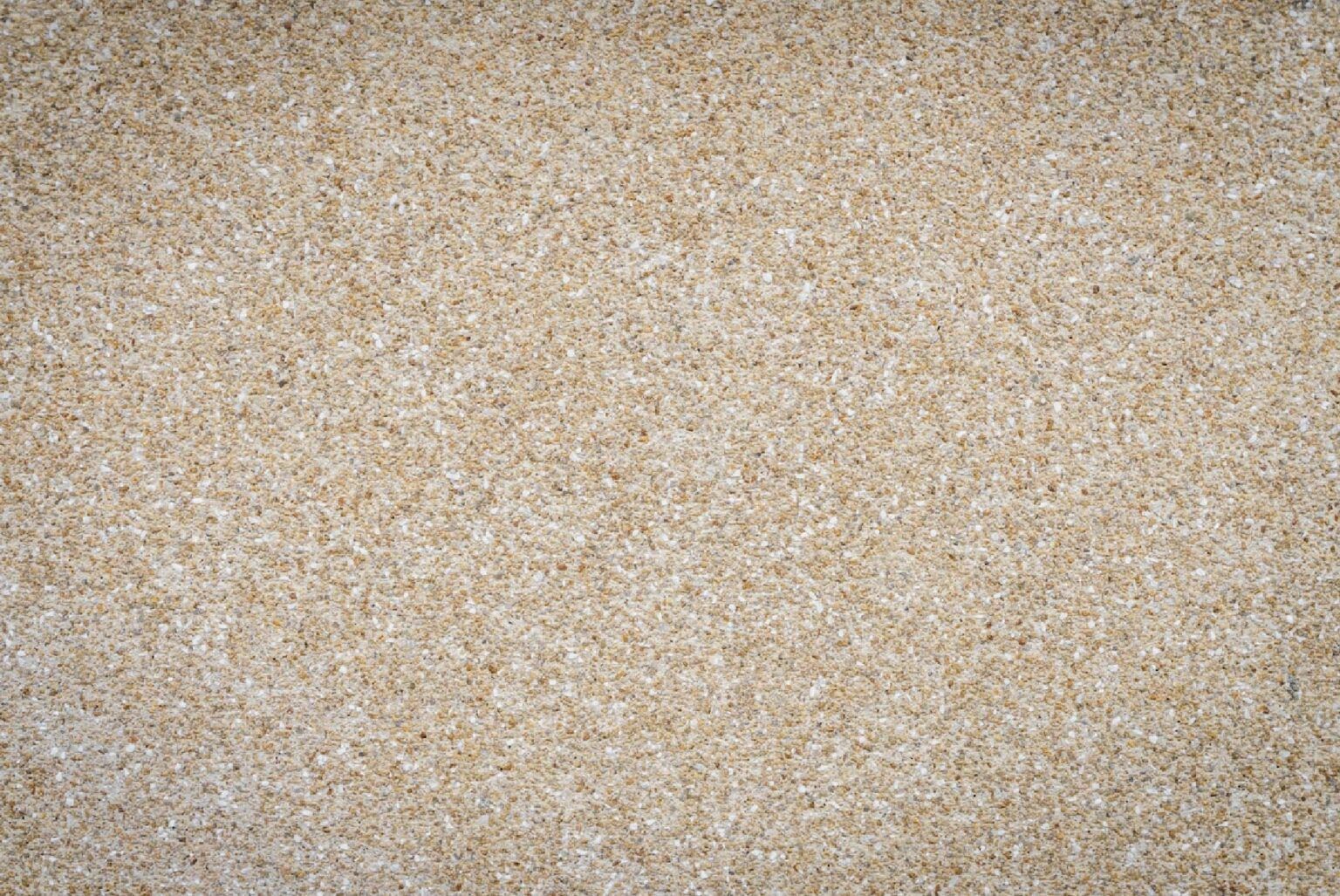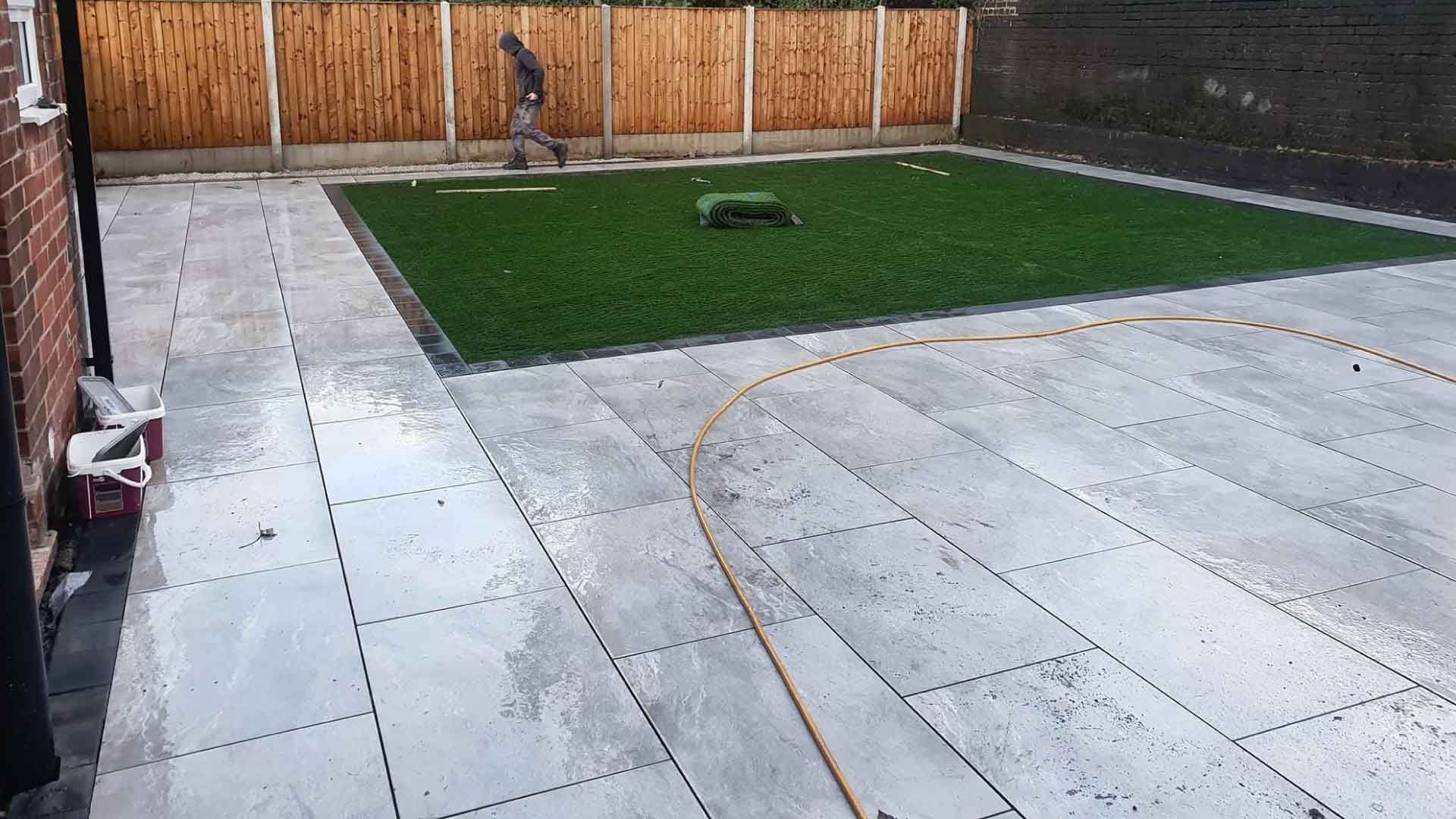What Is Tarmac Made of?
Tarmac is a widely used material in the construction of roads, driveways, and other paved surfaces. It is highly durable and smooth, which is why it has gained popularity since 1902 for use on roads and driveways.
Now, a question arises: “What is tarmac made of, and how is tarmac produced?”
Simply put, tarmac is a mixture of aggregate. It is composed of a blend of aggregates, such as crushed rock, sand, and gravel, bound together by a sticky, petroleum-based substance known as bitumen.
In this article, you will learn more about tarmac and how it is made. So, let’s get started!
What Is Tarmac Made Of?
Tarmac is a type of paving material that is extremely popular for road surfaces across Europe and North America. A similar material, known as asphalt, is also commonly used in the UK for driveways. Tarmacadam, often shortened to tarmac, is a combination of mineral aggregates and bitumen—a black, sticky substance derived from crude oil.
The introduction of this material simply involved adding tar to the aggregates. It was designed to make roads more durable, dust-free, and smooth. Tarmac is essentially a mixture of crushed rock aggregates coated with modified tar. When these aggregates and tar are combined, they form a strong bond.
Tar is a naturally occurring black liquid extracted from underground tar pits. It can also be processed from coal. Nowadays, bitumen is used as a binder to hold the aggregates together and form a solid, durable surface.
Why Is Tarmac Used for Roads?
There are several reasons why tarmac is widely used for roads and driveways, including:
- Durability – Roads need to last for the long term, and tarmac is one of the most reliable and durable options.
- Cost-effectiveness – Tarmac is more affordable compared to other paving materials.
- High load-bearing capacity – It can withstand heavy traffic loads, resist wear and tear, and endure extreme weather conditions.
- Smooth surface – Tarmac provides a level surface that offers good traction and reduces the risk of accidents for vehicles and pedestrians.
- Recyclability – Tarmac roads can be recycled and processed into new roads, reducing the amount of new aggregate required.
Pros & Cons of Tarmac
Here are the advantages and disadvantages of using tarmac for roads and driveways:
Pros
✅ Durability – Tarmac is popular due to its longevity and reliability. It can withstand heavy traffic, loads, and weight, making it an excellent choice for high-traffic areas.
✅ Cost-effective – Among all paving materials, tarmac is one of the most affordable, making it a popular choice for road construction projects.
✅ Quick installation – Tarmac is easy and quick to install. A new surface can be walked on within 24–48 hours and driven on after 7 days. It takes only 2–3 days to solidify, which is much faster compared to other materials.
✅ Smooth surface – Tarmac provides an even surface, ensuring a comfortable driving experience.
✅ Low maintenance – Unlike other materials, tarmac requires relatively little maintenance. Regular sweeping, sealing cracks, and occasional coat sealing can extend its lifespan to 10–12 years!
✅ Weather-resistant – Tarmac can withstand hot, cold, and rainy weather conditions.
Cons
❌ Heat retention – Tarmac tends to absorb and retain heat, which can cause the surface to soften and deform. It is recommended to cool the driveway with water during the summer months.
❌ Moss growth – Moss thrives on tarmac surfaces. To remove moss, use a solution of bleach, baking soda, water, or vinegar.
❌ Chemical sensitivity – Tarmac can be damaged by certain chemicals, such as fuel spills, corrosive substances, or oil. It is advised to clean any chemical spills immediately with water, as neglecting them could lead to expensive repairs.
Best Tarmac for Driveways
If you are considering tarmac for your driveway, here are a few key factors to keep in mind:
Step 1: Select High-Quality Tarmac
Choose the highest quality tarmac mix specifically designed for driveways. Look for a balanced combination of aggregate and bitumen to ensure durability, crack resistance, and resilience against harsh weather conditions.
Step 2: Consider the Thickness
A thicker layer of tarmac provides better strength and durability. It is generally recommended to have a tarmac layer that is 2–3 inches thick for driveways. However, the required thickness may vary depending on traffic loads.
Step 3: Hire Professionals
It is advisable to have a professional install the tarmac driveway rather than attempting a DIY project. Professionals understand tarmac driveway specifications, proper base construction, and correct compaction techniques.
Is Tarmac Stronger Than Concrete?
A common debate arises when comparing tarmac and concrete. Let’s examine which one is stronger.
- Concrete generally has a higher compressive strength than tarmac or asphalt. It is known for its ability to withstand heavy loads and pressure, making it ideal for structures such as buildings and bridges.
- Tarmac, however, offers better flexibility. This flexibility allows it to adapt to slight ground movements, thermal expansion and contraction, and freeze-thaw cycles. As a result, tarmac is a better choice for road surfaces and areas with shifting soil conditions.
Final Words
o, there you have it! If you want to make tarmac, simply combine aggregates such as gravel, sand, and crushed stone with the black liquid known as tar. When heated to high temperatures, they form a solid material that can be shaped onto a driveway or road.
Although tarmac has a lifespan of 12–20 years, proper maintenance is key to extending its durability. Be sure to clean up spills, remove moss, and seal cracks immediately to prevent long-term damage.










